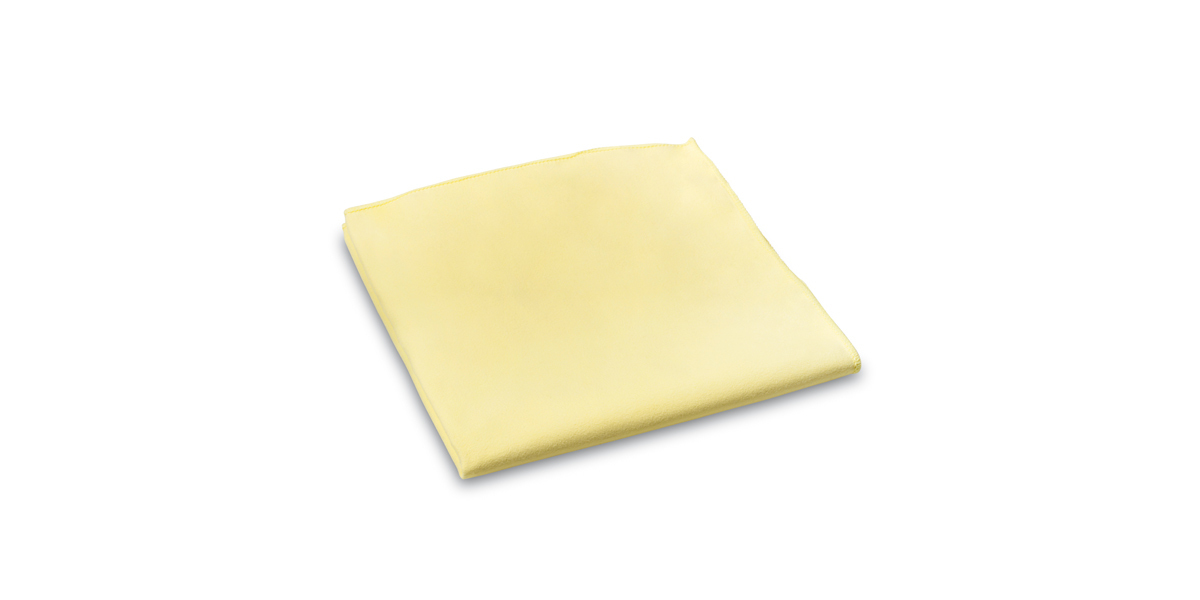Cleaning the dishwasher
There was a time when having a dishwasher was a luxury. Nowadays, it's become a standard feature for many households. To make sure that your dishwasher can carry on performing its duties for as long as possible, you should clean it regularly. Here are Kärcher's tips and tricks.
Why your dishwasher should be cleaned regularly
A dishwasher is a great help in everyday life, usually getting on with its job in the background. Over time, however, food residue and limescale start to leave their mark. Consequently, bacteria and mould can spread in the dishwasher, which can even be harmful to health in the worst case. If dishes are no longer being cleaned properly, this is a good indication that the dishwasher is due a clean. At the latest, you should clean your dishwasher when unpleasant odours form and deposits become visible.
Cleaning the dishwasher filter
The first thing to do is always to remove the filter from the bottom of the dishwasher. The filter protects the drain pump, and this is where food scraps and other foreign objects collect, which hinder the water flow over time. To do so, remove the filter as per the manufacturer's instructions and dispose of coarse dirt in the bin. The filter can usually be cleaned by hand with a washing-up brush and some washing-up liquid or vinegar, and can then be put back into the machine. Observe the manufacturer's instructions when removing and replacing the filter. Some dishwashers have several filters.

Cleaning the dishwasher spray arms
The spray arms distribute the water in the dishwasher during the cycle and should be checked once or twice a year. The spray arms can usually be removed in just a few steps, but it is advisable to have a quick look in the manufacturer's instructions nonetheless. Spray arms have small discharge nozzles, which may become blocked with food scraps or limescale. Use a toothpick and running water to clean the holes until water can flow unobstructed through the openings. Then put the spray arms back into the machine.
Cleaning the dishwasher seals
A dishwasher's rubber seals ensure that no water escapes during the cycle. The recesses in the seals make them the ideal breeding ground for bacteria and mould, so they should be cleaned regularly. The seals can be cleaned with a vinegar-based cleaner. Cleaning with a steam cleaner is even easier. The hot steam removes bacteria and greasy dirt effectively. To avoid damaging the seals, only use the steam a few centimetres away from the seals. Softened food scraps can be wiped off with a clean, soft cloth.


Descaling the dishwasher with household remedies
As well as physically cleaning the relevant components, you should also descale your dishwasher from time to time. Essentially, you can descale it by running a cycle with the dishwasher empty. There are special detergents, but descaling is just as easy with the right household remedies. To do so, sprinkle 1–2 tablespoons of bicarbonate of soda or baking powder on the bottom of the dishwasher when it is empty. Pour around 20 ml of vinegar essence into the powder compartment, then set the dishwasher to run a programme at the highest possible temperature without a pre-wash. If the pre-wash cannot be deactivated, the vinegar essence can also be added directly into the pre-heated machine after the pre-wash. It is important that the bicarbonate of soda and vinegar don't mix directly because they can do their job more effectively separately. These ingredients not only descale your dishwasher, but also have an antibacterial effect. You can also use a cup of vinegar instead of vinegar essence, to be added to the machine after it has heated up. For the best results, switch off the dishwasher for 1 hour after adding the vinegar to increase the contact time. When it has finished, wait until the dishwasher has cooled to prevent pungent vinegar vapours escaping.

Using citric acid as an alternative
In principle, a dishwasher can also be descaled with citric acid, but there a few things to keep in mind here. At high temperatures, citric acid combines with lime to form calcium citrate, which is very difficult to remove. To descale, add approximately 10 tablespoons of citric acid to 2 litres of cold water. Start the unfilled dishwasher on the lowest temperature possible. As soon as water has been distributed in the dishwasher, stop the programme and pour in the water-citric acid mix. Close the dishwasher and leave for 1 hour, then start the programme again. The advantage over vinegar or vinegar essence is the pleasant citrus fragrance.
Preventing limescale
There are things you can do every day to prevent limescale from becoming a problem in your dishwasher in the first place. Putting a couple of juiced lemon halves in the cutlery compartment for a normal wash cycle reduces the risk of limescale, whilst also creating a pleasant fragrance when the clean dishes come out of the dishwasher.






